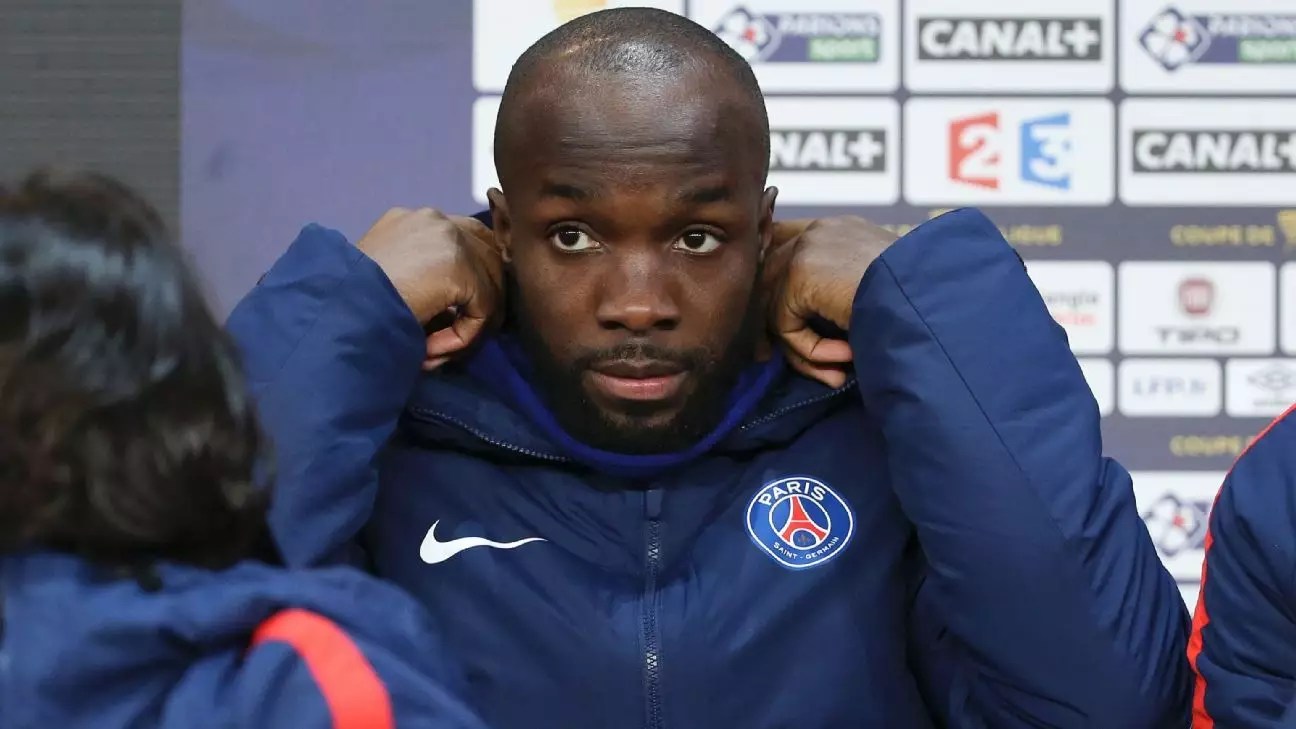Lassana Diarra’s recent legal victory marks a pivotal turning point in the world of professional football, signaling a challenge to the unquestioned authority of FIFA and the broader football establishment. For decades, the sport’s governing body has maintained stringent transfer regulations that, while designed to streamline player movements and protect club interests, arguably suppress competition and player mobility. Diarra’s successful assertion that parts of these rules infringe upon European Union labor laws exposes a fundamental flaw in FIFA’s regulatory framework. It reveals an overreach that often leaves players powerless, trapped in contractual and financial disputes that hinder their careers and fair market competition.
This landmark case underscores a broader debate about fairness and legality in football transfers. The European Court of Justice’s recognition that FIFA’s transfer regulations may violate EU competition laws isn’t just an isolated legal technicality; it is a clarion call for systemic reform. It demonstrates that football cannot be exempt from the same legal principles that govern other industries. The decision challenges FIFA’s long-standing narrative of self-regulation, exposing its rules as potentially oppressive, designed more to safeguard clubs and associations than to serve players’ rights. Such a stance invites a much-needed overhaul to ensure the sport evolves into a truly open and just marketplace.
Diarra’s fight reveals a stark imbalance: players are often at the mercy of outdated contractual frameworks that prioritize club interests over individual freedoms. By taking a bold stand, he embodies the voice of countless athletes whose careers are sidelined or compromised due to restrictive regulations. The case also spotlights how legal backing from labor unions and international players’ organizations can champion the cause of a more equitable system. Diarra’s explicit message — that lesser-known players lack the resources to challenge FIFA — shines a harsh spotlight on systemic inequalities embedded within professional football’s governance.
The Broader Ramifications for the Future of Football Transfers
This legal victory has the potential to revolutionize how transfer rules are perceived and enforced across the global football landscape. For years, FIFA’s regulations on transfer fees, contract breaks, and eligibility have been criticized for disproportionately favoring clubs, often at the expense of player rights and mobility. With judges acknowledging that certain FIFA rules obstruct free movement, the scope for legal reform widens considerably. It encourages player associations and national federations to push for transparent, fair policies that prioritize talent and freedom over commercial monopolization.
The implications extend beyond individual cases. The ongoing litigation, including a class-action suit involving thousands of players, exposes the deeply ingrained unfairness in the entire system. If successful, such lawsuits could force FIFA to reconsider its approach, aligning its regulations with European Union laws and international labor standards. This would herald a new era where players are not merely commodities but autonomous agents capable of moving freely across borders without fear of punitive financial repercussions.
FIFA’s cautious response — claiming it is working with stakeholders to amend its regulations — indicates recognition of the need for reform. However, words are inadequate without substantive action. Real change requires a complete overhaul of transfer policies, emphasizing fairness, flexibility, and legal compliance. The court’s acknowledgment that current rules hinder competition offers a unique leverage point for reform advocates seeking to democratize football and empower players at all levels to pursue their careers without unjust barriers.
Challenging the Monopoly of Power in Football
Diarra’s stand against FIFA isn’t solely about financial compensation; it symbolizes a broader struggle against monopolistic control over the sport. When a governing body holds the power to dictate the movement and terms of employment for athletes, it breeds a system ripe for abuse. Diarra’s victory shines a spotlight on the vulnerabilities in the current framework—vulnerabilities that favor elite clubs and the governing institutions themselves at the expense of the players’ fundamental rights.
His outspoken stance also raises questions about accountability and transparency within FIFA. The organization’s reluctance to comment publicly on ongoing legal proceedings underscores its sensitivity to these challenges. Yet, silence cannot obscure the fact that reform is inevitable if football is to remain credible and just. As legal battles unfold and public discourse intensifies, pressure increases to overhaul antiquated rules that have long been a source of conflict and inequality.
Another critical aspect of this struggle is the role of player unions and advocacy groups, like FIFPRO, which have mobilized to support Diarra’s case. Their efforts highlight the necessity for collective bargaining power in protecting individual rights against institutional overreach. This case serves as a potent reminder that real power lies in organized resistance and legal advocacy—tools that players and their representatives must utilize more assertively to reshape the sport’s governance.
In embracing this challenge, football can move toward a future where talent and determination, rather than legal loopholes and contractual restrictions, define a player’s trajectory. Diarra’s fight demonstrates that justice isn’t merely a personal pursuit but a collective effort to restore fairness and dignity to the sport, breaking centuries of control held tightly by a few. The legal precedent set here could ultimately redefine the landscape of international football, empowering players to claim their rightful freedom and opening pathways for more equitable, transparent competitions.


Leave a Reply